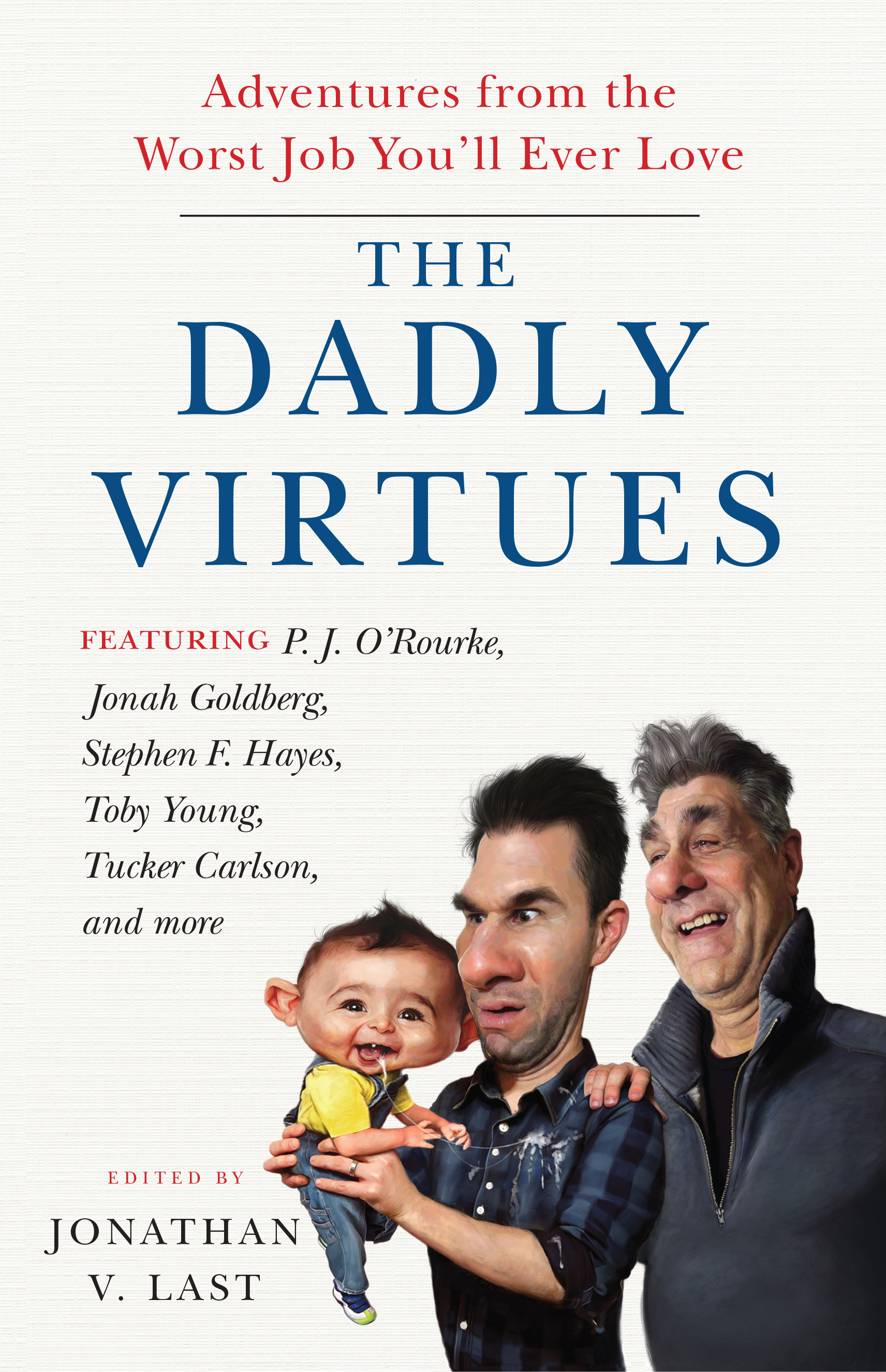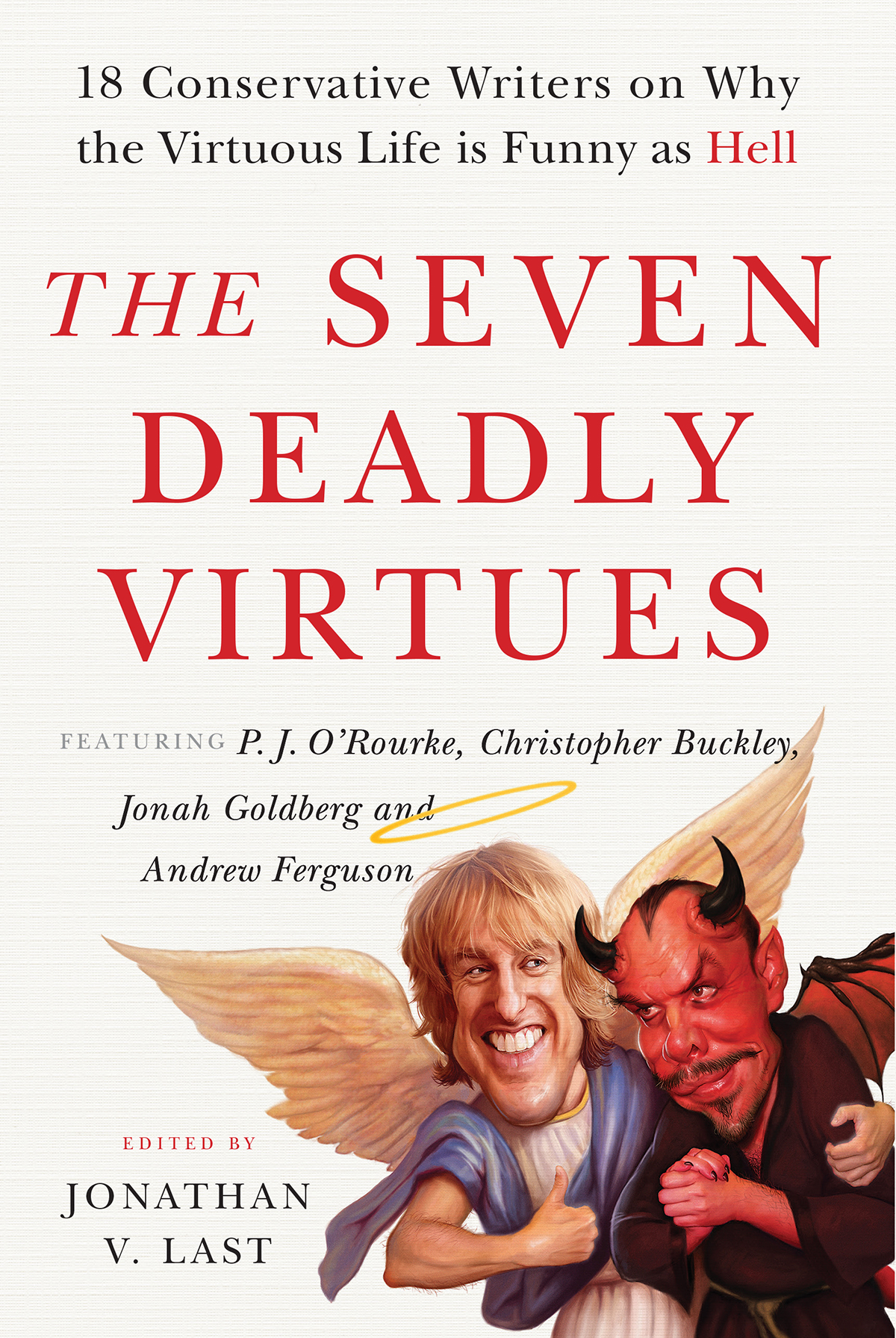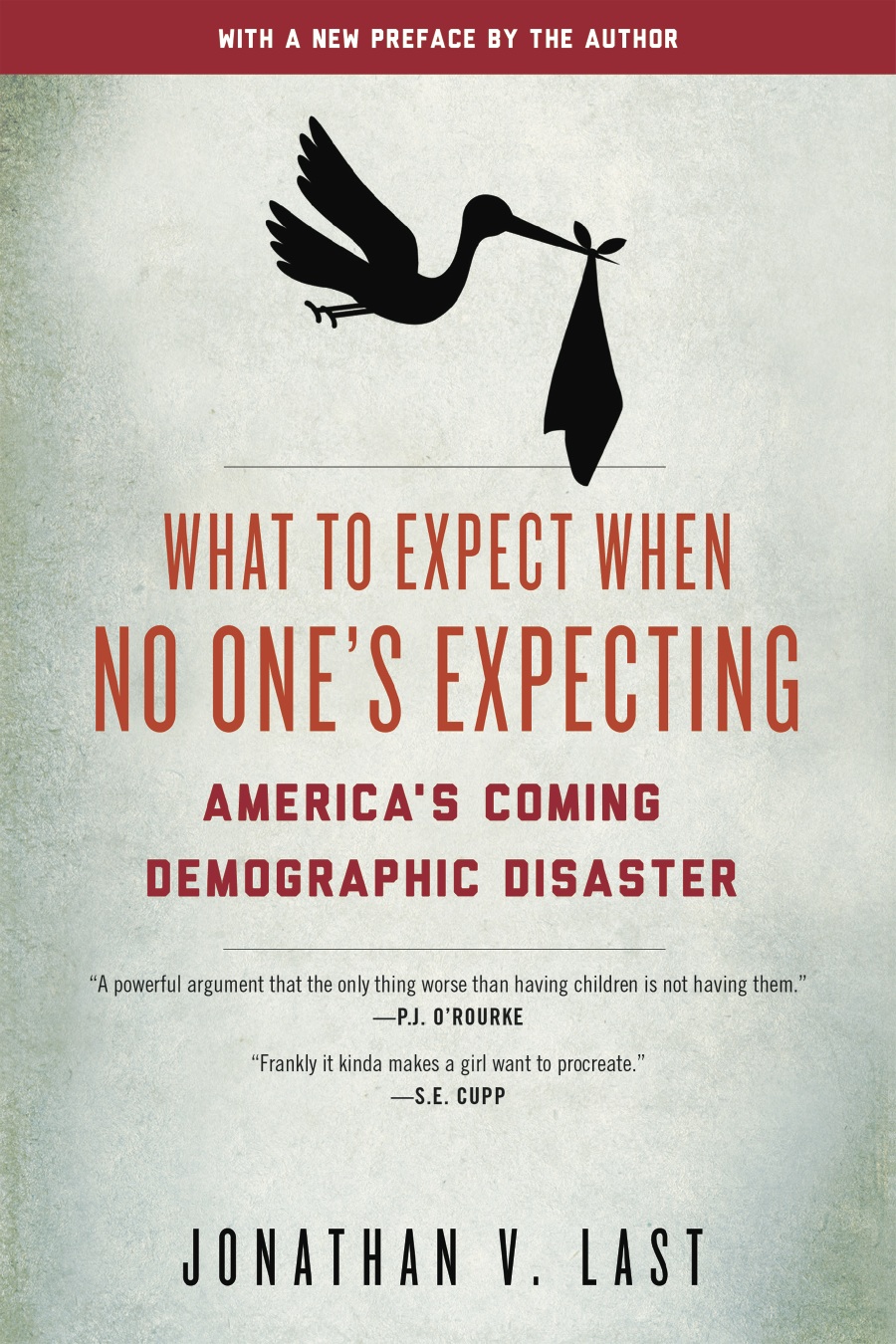June 4th, 2013
There’s a small debate going on about the true environmental load of the Tesla Model S, between David Noland of Popular Science and Nathan Weiss of Seeking Alpha. You can wade through the particulars if you like, though it’s probably something like 10,000 words. The short version is that Weiss says that Teslas aren’t really the most environmentally-conscious vehicles and that once you count the true environmental costs, it’s basically the equivalent of a Toyota Highlander. Noland disagrees and claims that when he does the math, the environmental impact of the Tesla Model S is closer to a Toyota Scion.
I’m not in any position to referee the math on this, but I’d make two observations:
1) I suspect that if most Tesla admirers were confronted with the proposition “Buy a Tesla and be almost as good to the environment as you would be if you bought a Toyota Scion,” their response would be something like, Ummm . . . that’s not what I signed up for.
Further, any smart environmentalist who really is out to save the world would immediately understand that the much better proposition would be to buy a Scion and use the saved money to move other vehicle owners out of high-consumption models (Suburbans, Yukons, etc.) and into car-platform cross-overs. Environmentalist (and car enthusiast) Jamie Lendino made this case back in February:
Take a thirsty SUV like a now-discontinued Hummer H2, which averaged 10 mpg on a good day, and replace it with a large crossover SUV that averages 20 mpg. Then take a midsize sedan that averages 25 mpg, and replace it with a Prius that averages 50 mpg. Which is the bigger improvement?
The results may surprise you: It’s the crossover SUV, and by a long shot. The Hummer, averaging 10 mpg and driving 100,000 miles over the course of its life, will burn through 10,000 gallons of gas. The crossover SUV will burn through 5,000 while driving the same number of miles, for a savings of 5,000 gallons. Meanwhile, the midsize sedan would burn through 4,000, while the Prius would burn through just 2,000, for a savings of 2,000 gallons. The person in the first scenario is making a much larger improvement. The Prius is still the best for the environment, but the difference in gas consumed per mile driven is smaller.
As far as environmental concerns go, the Model S is more a badge than a solution.
2) The real problem with Tesla’s Model S, though, is that if you spend $16,000 on an environmentally-conscious Scion, that’s your own dough. If you plunk down $94,000 for the Tesla, you get help from the rest of us.
Noland concludes his defense of the Model S with this:
After all of this, the conclusion seemed clear: I drive a kick-ass, high-performance, five-seat all-electric luxury sport sedan that has the same wells-to-wheels carbon emissions as a tiny Scion minicar with two real seats.
Anybody got a problem with that?
Actually, I do. Because Noland didn’t pay for his “kick-ass, high-performance, five-seat all-electric luxury sport sedan” himself. The federal government kicked in hundreds of millions of taxpayer dollars in assistance to Tesla corporate and then subsidized the actual purchase price of his Model S with $7,500 of our money. Why in the world are we subsidizing luxury sports-car purchases? I don’t want to get all OWS, but it would be one thing for the government to subsidize the purchase of Scions, because those vehicles exist in a price-zone where they’re accessible to a large swath of the population. I wouldn’t particularly like it, and I don’t think it would be helpful, but such a subsidy wouldn’t be morally offensive.
On the other hand, I suspect that most of the people who can afford a $94,000 car with a $7,500 taxpayer subsidy could probably afford it without the taxpayer subsidy, too.
And if the environmental impacts of the Tesla and the Scion are substantially similar, then it’s not clear why the rest of America should be coerced into subsidizing the farfegnugen of the rich and famous.
6 commentsMore “Arrested Development”
May 31st, 2013
I’m dutifully making my way through the rest of the Netflixed season and for the most part, my first impressions haven’t modulated much. In the comments, someone argued that “It’s a tremendously ambitious work, and pretty unprecedented what Hurwitz is trying to do with it. As many critics have said, like Rashomon on steroids.” I would say that this is probably right and that, if nothing else, my appreciation for Hurwitz’s ambition has deepened. And there were about two-and-a-half episodes that I enjoyed quite a lot.
Santino has a big, thoughtful reflection on the whole thing. I don’t disagree with any of it, particularly his technical observations toward the end.
0 commentsComic Book Chick Lit
May 30th, 2013
So the new X-Men book features an all-female X team. Hooray! Two of the five most interesting X-characters are women and lots of other female mutants are really interesting. Sign me up!
Unless . . . oh, ummm . . . hold up a sec . . .
Here’s series mastermind Brian Wood describing his process:
This is an action book. This is the straight-up action comic. Everyone is dropped into fight scenes and it never lets up. If there’s any one mandate, it’s “bigger and more.”
In a way, we this may be a milestone for gender equality–we finally have an all-female superhero team whose guiding creative purpose isn’t feminism *or* exploitation. It’s aimed exactly at the center of the low-brow mean.
Hurray?
I’m sure Slate’s XX will know what to think about this.
2 commentsIn Defense of The Factor
May 30th, 2013
Am I crazy or does this Joe Muto excerpt make Bill O’Reilly out to be a pretty sympathetic figure? I don’t think I’ve ever liked him as much as I did after reading it.
And not only that, but I suspect that Fox News comes across as much less demonic than people on the left want it to be.
I suppose that people who don’t work in TV might be semi-scandalized by some of the stories, but anyone who’s spent ten minutes in any studio–from MTV to NBC–will probably recognize just about every industry archetype. Network bosses closely monitoring content–check. High-ratings talent occasionally chafing against network dictats–check. Lots of back-and-forth between senior management and high-level producers to keep the Big Guys pacified?
This isn’t a “right-wing noise machine”–it’s television.
If the rest of Muto’s book is like this, then An Atheist in the FOXhole might serve as the definitive debunking of the Fox News=Evil Incarnate worldview.
0 commentsAbout “Arrested Development”
May 28th, 2013
Over the weekend I watched four or five of the new Netflixed episodes of the series. Some thoughts, in no particular order:
* I don’t begrudge Mitch Hurwitz or anyone else associated with the show the extra cash and I hope that everyone in the AD production orbit got something nice out of Netflix.
* That said, I’ll finish watching this slate of episodes only out of a dreary sense of duty. It’s like the sad-sacks who hung around into the fifth season of Burn Notice: You know that you’re not even getting the product warmed-over any more. But you still stick around to see how it ends.
* Seven years doesn’t seem like such a long time, except that it is. As Brendan, the sage of WWTDD once wrote, “Time is slowly turning us all into monsters.”
(Except for Judy Greer. She looked great. And she’s so funny that she can’t get enough work so far as I’m concerned.)
* For me, the low point of the original series was the six episode arc featuring Charlize Theron, which centered around “Mr. F.” Those episodes weren’t great, but they still had gold mixed with the dross. Nothing I’ve seen so far in the Netflixed rendition of AD even approaches that level of quality.
* One of the things I loved about AD flashbacks was seeing young Lucille and young George Sr. His comb-over was great, and so was her long hair. Remember the ’70s MotherBoy Lucille? For me, the Kristen Wiig and Seth Rogen subtracted value rather than adding it.
* I’d say the same about the enormous cavalcade of cameos. And about the entire idea of incorporating Imagine Entertainment and Brian Grazer. There’s a really fine line between Hollywood satirizing itself and faux-satirization that comes off as preening. For me, this played much closer to the Burn Hollywood Burn end of the spectrum.
* I don’t want to give too much thought to this, because the truth is, once this Netflix version is over I’m going to relegate it to the same dungeon of my mind where I have Jar-Jar Binks and the Buffy series finale tied up and locked in a box. I refuse to let it taint my enjoyment of the original series.
But it seems to me that the key change is that Hurwitz–intentionally or not–chose to make the characters repellent for this Netflix run. In the original series, Michael and George Michael are the moral centers of the universe. But even in the human demolition derby that is the Bluth Family, no one is irredeemable. And to the extent that these characters were sad, they were funny-sad.
In this new series Hurwitz seems to have evolved the characters so that “funny-sad” has been replaced by “tragic-sad” or “pathetic-sad.” No one has anything redeeming about them and even our moral centers, Michael and George Michael, are pathetic, self-involved idiots. Forget not having anyone to root for in this series–there’s not even a character I want to spend time with.
I haven’t seen any reaction to the new episodes yet, but I’d be really, really surprised if they were well-received for precisely this point. Funny is subjective and people can have different opinions on whether or not the humor in the new AD works. (For me it doesn’t.) But the change in characterization of the Bluths is something that, I think, will really turn the audience off, whether or not they realize why it’s given them a cold feeling.
* This is only tangentially related, but if this is the future of streaming content, stop the ride; I want to get off.
A long time ago before anyone could actually stream anything other than movie trailers on the Apple Trailers Website, we were all promised that streaming meant that one day we’d have access to every movie and every TV show ever made, from anywhere. It was going to be awesome.
The only wet blankets were the people asking, “Hey, how’s all that intellectual property going to be managed?” But this was the INTERNET we were talking about. Information wanted to be free! New! Now! Go!
Well, our streaming future is just about here and what do we have? We have Netflix moving explicitly away from the idea that it will offer everything and instead embracing “expert programming.” Which is corporate-speak for “spending our money on original series instead of rights for existing programming.” So instead of paying for rights to older content, Netflix makes underwhelming programming that gets a lot of attention. For a bit. Until the next stunt, anyway.
Other than Netflix, what do you do? You hope that you can buy a copy of the stream from a different platform, say iTunes or Amazon. But then you don’t actually own the content. And if they go out of business, or change their ToS, well, best of luck to you.
10 commentsShut Down the Washington Free Beacon
May 28th, 2013
Because with this Katherine Miller post on Fast and Furious 6 they’ve raised the bar to impossible heights. It can’t get any better.
(No, I don’t care what cineaste Santino says.)
0 comments
More than you’ll . . . never know.
May 22nd, 2013
4 comments
One Cheer for Tumblr
May 22nd, 2013
4 comments






